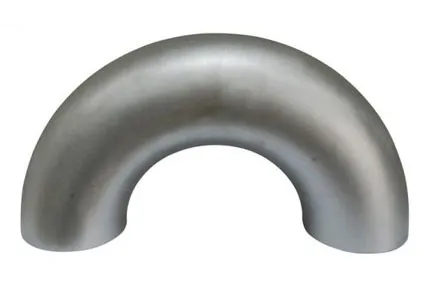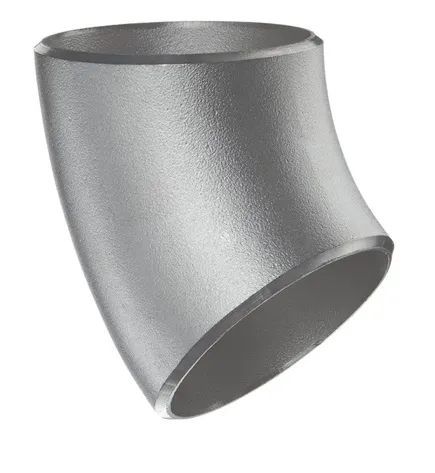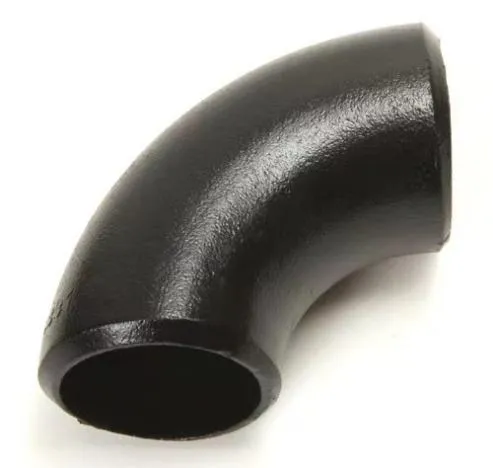-
Cangzhou Yulong Steel Co., Ltd.
-
Phone:
+86 13303177267 -
Email:
admin@ylsteelfittings.com
- English
- Arabic
- Italian
- Spanish
- Portuguese
- German
- kazakh
- Persian
- Greek
- French
- Russian
- Polish
- Thai
- Indonesian
- Vietnamese
- Zulu
- Korean
- Uzbek
- Hindi
- Serbian
- Malay
- Ukrainian
- Gujarati
- Haitian Creole
- hausa
- hawaiian
- Hebrew
- Miao
- Hungarian
- Icelandic
- igbo
- irish
- Japanese
- Javanese
- Kannada
- Khmer
- Rwandese
- Afrikaans
- Albanian
- Amharic
- Armenian
- Azerbaijani
- Basque
- Belarusian
- Bengali
- Bosnian
- Bulgarian
- Catalan
- Cebuano
- China
- China (Taiwan)
- Corsican
- Croatian
- Czech
- Danish
- Esperanto
- Estonian
- Finnish
- Frisian
- Galician
- Georgian
- Kurdish
- Kyrgyz
- Lao
- Latin
- Latvian
- Lithuanian
- Luxembourgish
- Macedonian
- Malgashi
- Malayalam
- Maltese
- Maori
- Marathi
- Mongolian
- Myanmar
- Nepali
- Norwegian
- Norwegian
- Occitan
- Pashto
- Dutch
- Punjabi
- Romanian
- Samoan
- Scottish Gaelic
- Sesotho
- Shona
- Sindhi
- Sinhala
- Slovak
- Slovenian
- Somali
- Sundanese
- Swahili
- Swedish
- Tagalog
- Tajik
- Tamil
- Tatar
- Telugu
- Turkish
- Turkmen
- Urdu
- Uighur
- Welsh
- Bantu
- Yiddish
- Yoruba

Dec . 03, 2024 11:37 Back to list
The Manufacturing Process of Butt Weld Elbows: From Design to Production
Butt weld elbows are essential components in the construction of pipe systems, commonly used in industries such as oil and gas, power generation, and chemical processing. These elbows allow for the efficient redirection of fluid and gas flows through piping networks. The manufacturing process of butt weld elbows is a meticulous journey that involves several stages—from design and material selection to final production and testing. This article provides a detailed overview of each step involved in producing a butt weld elbow.

Design and Specifications About Butt Weld Elbows
The manufacturing process of weldable pipe elbows begins with precise design and specification determination. The primary objective of the design phase is to ensure that the elbow meets the required dimensions, angle, material, and strength specifications for its intended application. The elbow’s angles—most commonly 45°, 90°, or 180°—are selected based on the piping system’s layout and the fluid flow requirements.
Designers use advanced computer-aided design (CAD) software to create detailed models and drawings of the elbow. These designs are closely aligned with industry standards, such as those set by ASME (American Society of Mechanical Engineers) and ASTM (American Society for Testing and Materials). These standards help ensure that the elbows will perform optimally in high-pressure, high-temperature, or corrosive environments.
Material Selection About Butt Weld Elbows
The material selection process is a critical factor in determining the longevity and reliability of the but weld elbow. The material must be strong enough to withstand the internal pressure of the piping system and resistant to corrosion, heat, or other environmental factors. Common materials used for butt weld elbows include:
Carbon Steel: Ideal for general-purpose applications in non-corrosive environments.
Stainless Steel: Chosen for its excellent corrosion resistance and suitability for handling chemical or food-grade materials.
Alloy Steel: Preferred in high-temperature applications, as it can withstand thermal stress.
Other Alloys: In specific applications, special alloys may be selected to meet particular chemical or environmental conditions.
The material is chosen based on the intended use of the pipe system and is sourced in bulk, often in the form of pipes or raw billets.
Forming the Butt Weld Elbows
Once the material is selected, the manufacturing process transitions to forming the elbow. The first step in this stage is to cut the raw material into the required lengths. This material is typically cylindrical and will be shaped into an elbow. To create the necessary bend, there are two common methods: hot forming and cold forming.
Hot Forming: This method involves heating the raw material to a high temperature until it becomes malleable. The heated material is then placed into a mold or die, and force is applied to shape it into the desired angle, usually 45°, 90°, or 180°.
Cold Forming: In some cases, the material is formed at room temperature using hydraulic presses. This method is typically used for smaller elbows or when specific material properties need to be preserved.
After the material is bent into the desired shape, it is cooled and allowed to harden, forming the basic structure of the elbow.

Welding and Joining About Butt Weld Elbows
The next step in the manufacturing process is the welding phase. Butt weld elbows are characterized by their seamless welded joints, which are crucial for ensuring strength and preventing leakage. The ends of the pipes and the elbow are bevelled to create a surface that allows for a high-quality weld.
The two components—pipe and elbow—are aligned and placed in position. The bevels on the edges are then welded together, typically using one of the following techniques:
TIG (Tungsten Inert Gas) Welding: This method provides a clean, strong, and precise weld and is particularly used for stainless steel and other high-performance materials.
MIG (Metal Inert Gas) Welding: This is a faster, more automated welding method used for carbon steel and less critical applications.
After welding, the elbow is allowed to cool. The welded joints are inspected for quality to ensure the weld is uniform and free from defects.

Heat Treatment of Butt Weld Elbows
Once the welding process is complete, the elbow undergoes heat treatment to relieve any internal stresses caused by the welding process and to enhance its mechanical properties. Heat treatment involves heating the elbow to a specific temperature and then cooling it under controlled conditions.
The most common heat treatment processes for butt weld elbows include:
Annealing: This process helps to soften the material, improve its ductility, and relieve internal stresses.
Tempering: This process is used to increase the toughness of the material, especially for steel elbows.
Normalizing: This process refines the grain structure, ensuring consistent mechanical properties across the elbow.
Heat treatment ensures that the elbow will have the strength and flexibility required for high-pressure and high-temperature applications.
Machining and Surface Finishing About Butt Weld Elbows
After heat treatment, the elbow undergoes machining to refine its dimensions and remove any excess material. This stage ensures that the elbow is perfectly shaped to fit into the pipe system with a precise, tight connection. The ends of the elbow may be further prepared for welding, where a smooth, flat surface is needed for optimal fusion with the pipes.
In addition to dimensional accuracy, surface finishing is an important step. Depending on the material and application, the surface may be polished, coated, or treated for corrosion resistance. For example, stainless steel elbows may undergo passivation, which enhances the natural oxide layer that protects the material from corrosion.
Latest news
-
ANSI 150P SS304 SO FLANGE
NewsFeb.14,2025
-
ASTM A333GR6 STEEL PIPE
NewsJan.20,2025
-
ANSI B16.5 WELDING NECK FLANGE
NewsJan.15,2026
-
ANSI B16.5 SLIP-ON FLANGE
NewsApr.19,2024
-
SABS 1123 FLANGE
NewsJan.15,2025
-
DIN86044 PLATE FLANGE
NewsApr.19,2024
-
DIN2527 BLIND FLANGE
NewsApr.12,2024
-
JIS B2311 Butt-Welding Fittings LR/SR 45°/90° /180°Seamless/Weld
NewsApr.23,2024











